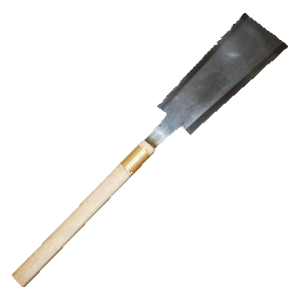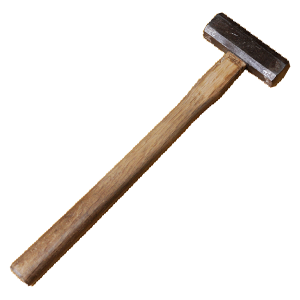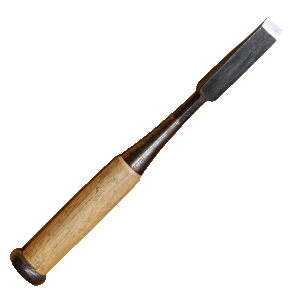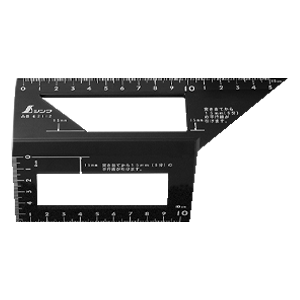BASICS OF PLANES
for a far smoother surface
Traditional Japanese woodworkers depend on planes rather than sandpaper to create finished surfaces. Planed wood achieves a far smoother surface than those finished with sandpaper because the plane blade cuts all of the wood fibers at exactly the same level.
Thinner and longer shavings leave smoother and flatter surfaces. Western planes cut when pushed, but Japanese planes cut when pulled, just like the saws.
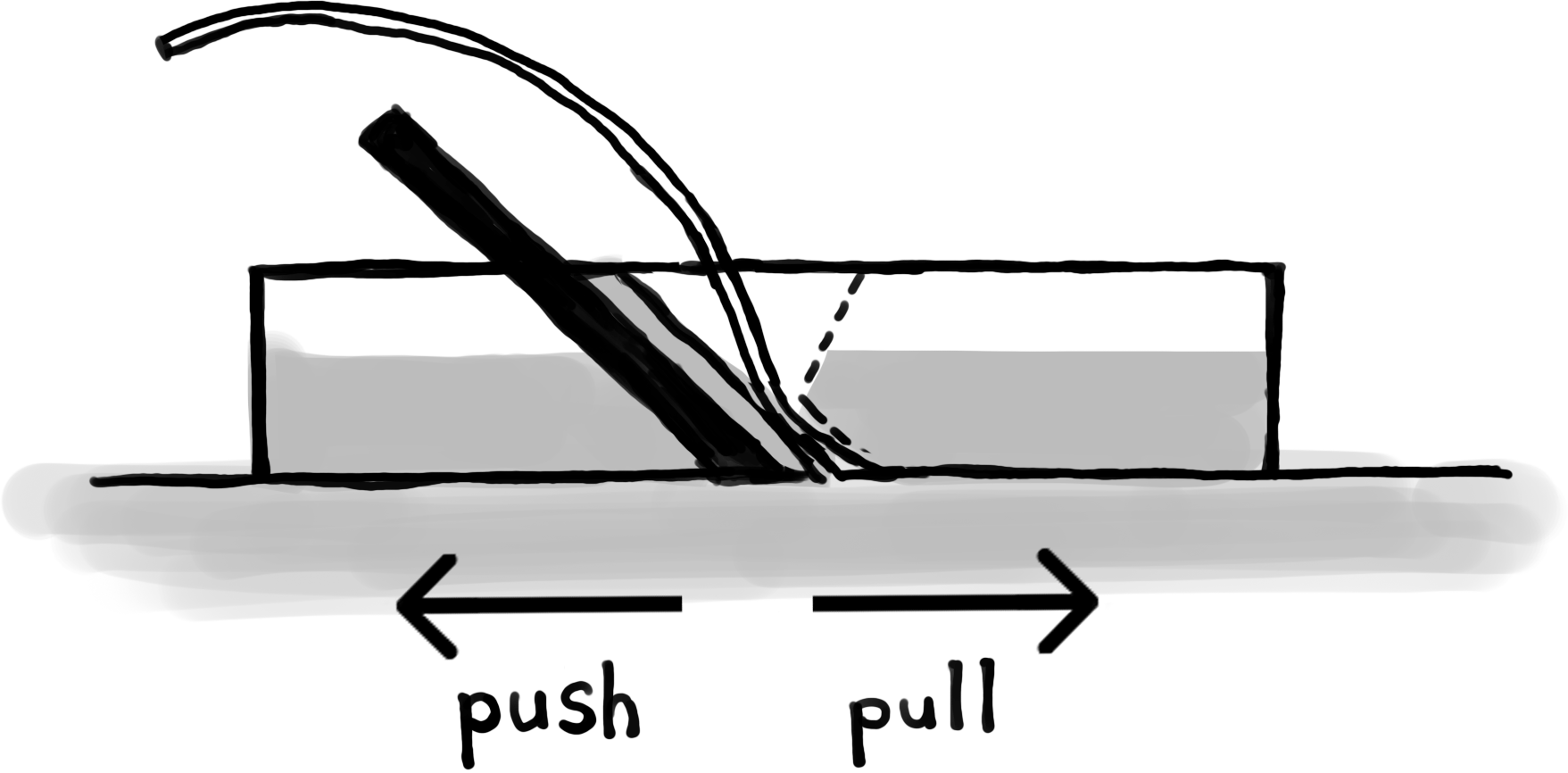
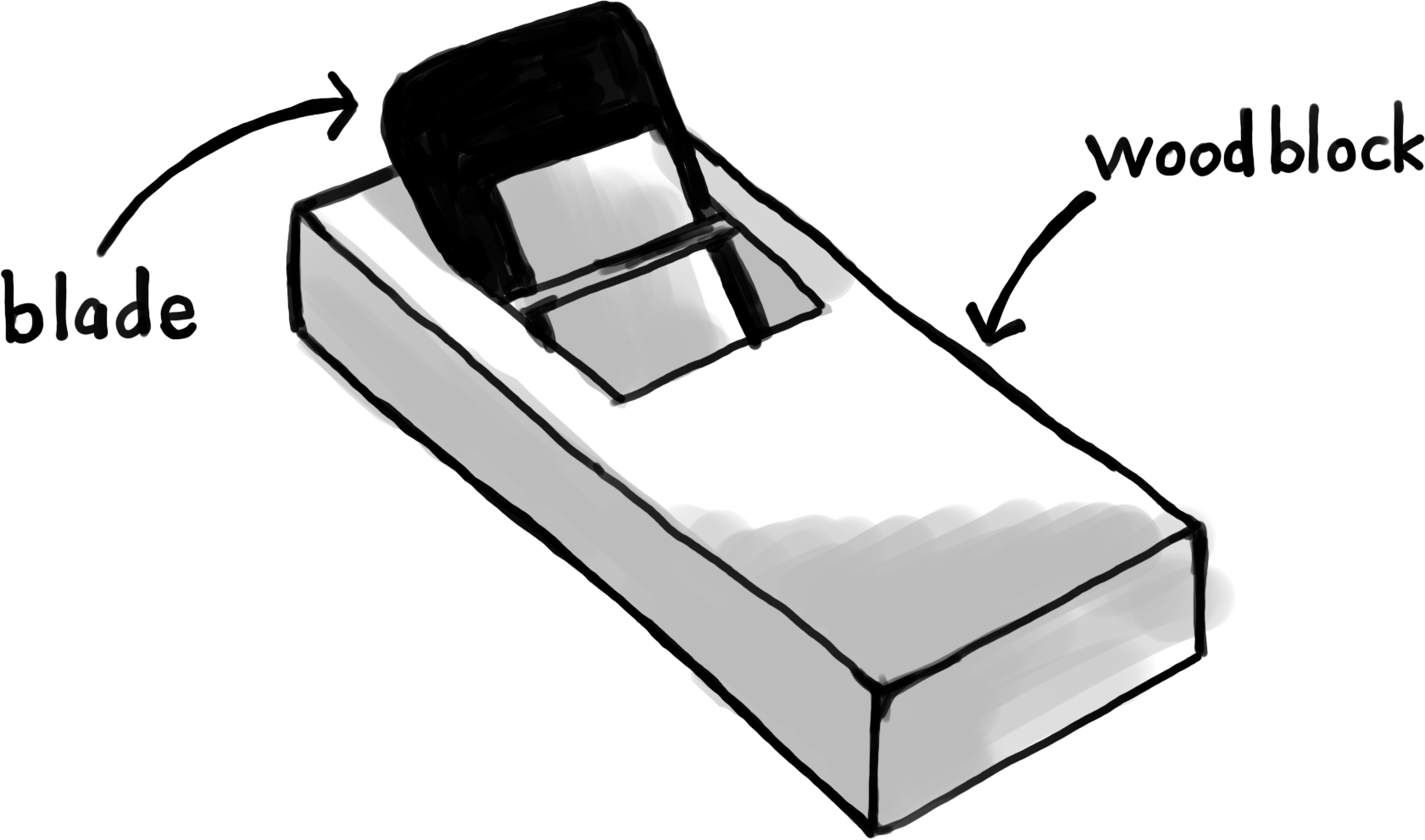
how to keep clean shaving?
A Japanese plane is in its purest form, simply a wooden block*1 and a blade (usually with a chipbreaker*2 also). It looks deceptively simple, but its adjustment is a delicate task and requires time and dedication. The effort is worth it and the pay off is immensely rewarding.
Wood finished with a well-adjusted Japanese plane will be so smooth that the surface will actually show reflections like a mirror. For this to happen, the plane needs to be sharpened and precisely adjusted frequently.
how to adjust the blade?
*1 Plane block (dai): The body of a Japanese plane is made of solid wood. Usually oak is preferred. The blades are held securely by the grooves cut in the block and the tapering thickness of the blade, not by a wedge.
The block needs to be adjusted so the blade will fit snugly, but not tightly. How much the blade protrudes from the sole can be adjusted by tapping on the blade or body of the plane with a hammer.
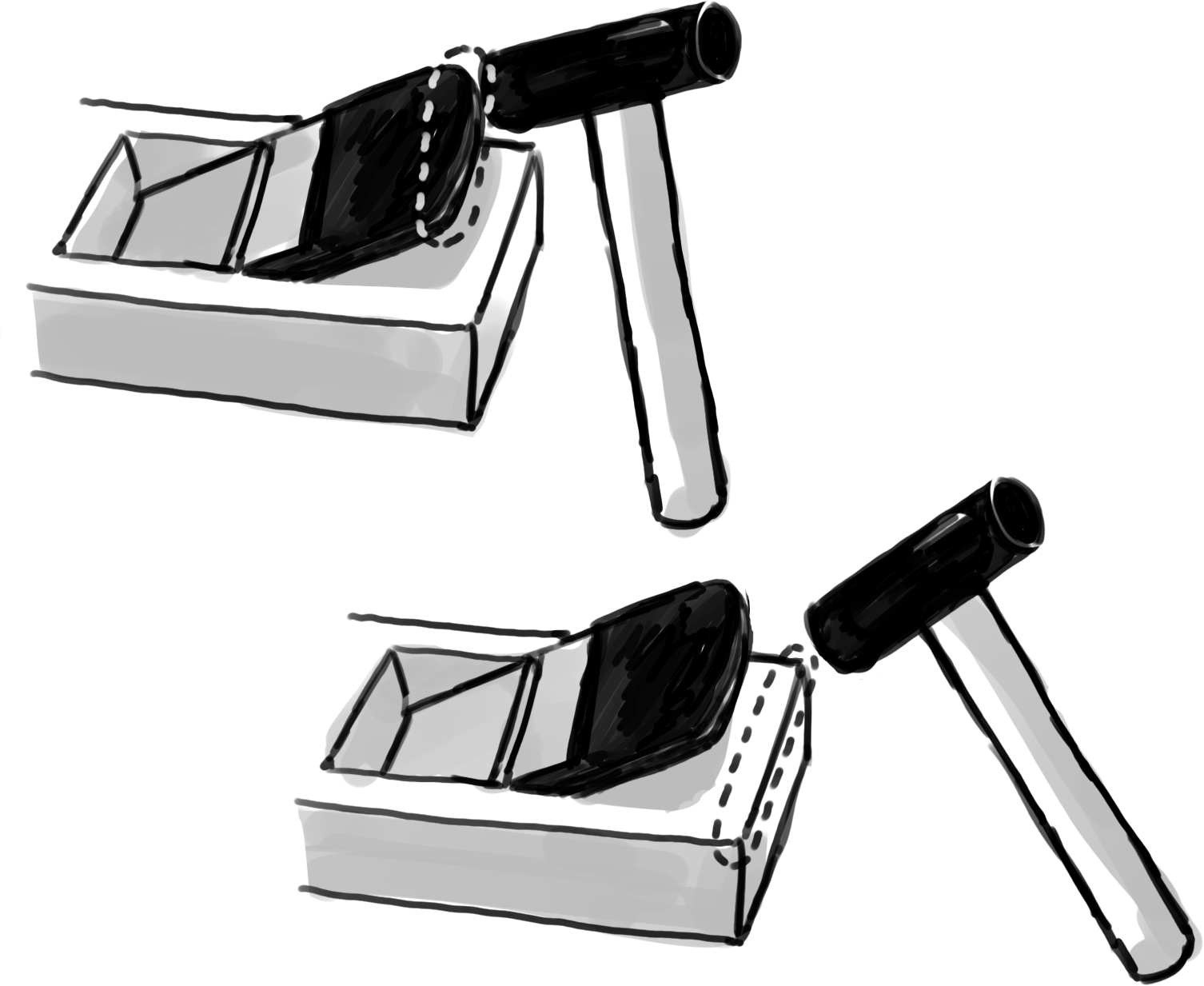
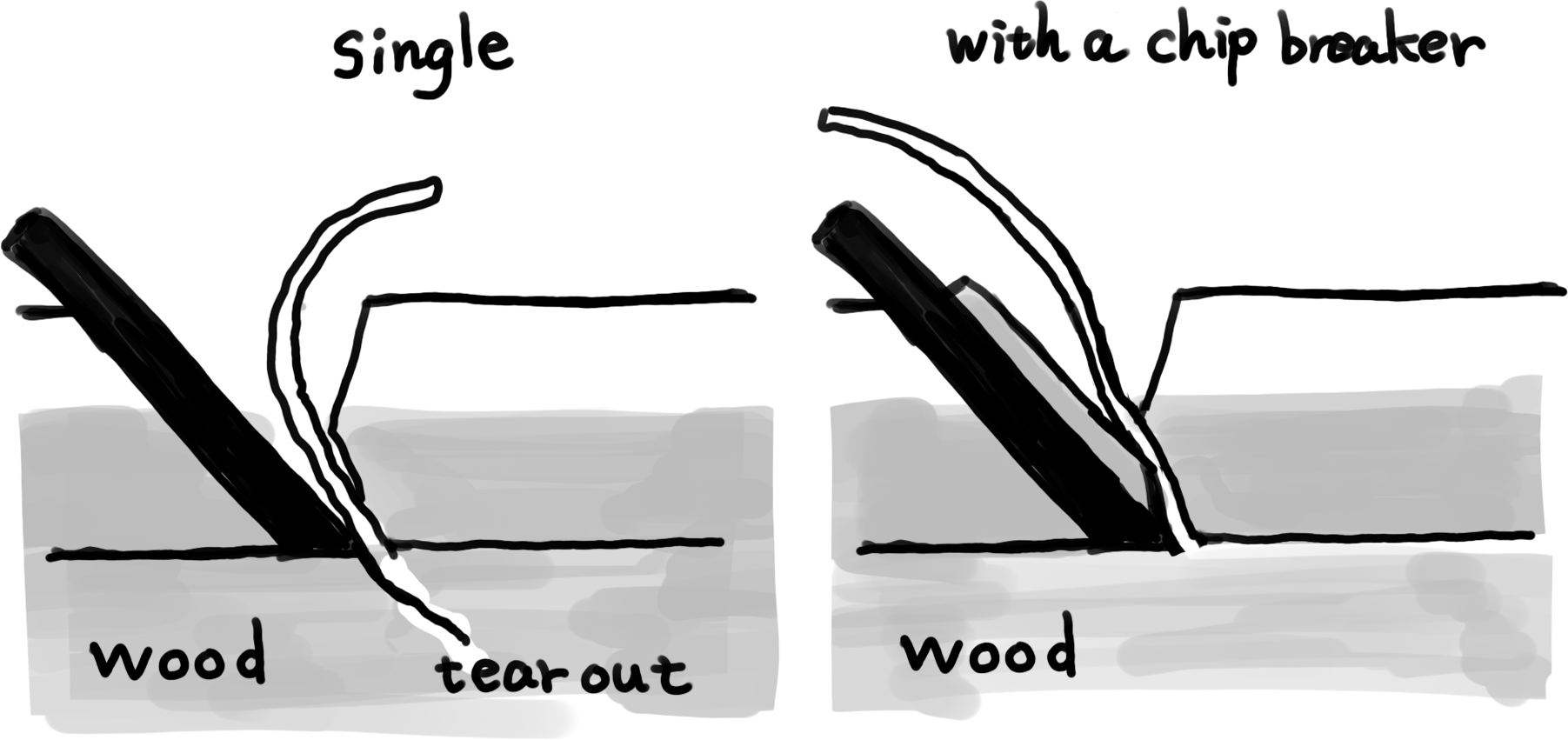
what is a second blade?
*2 Chip breakers: Many planes have a second blade called a chip breaker, which breaks the wood fibers immediately after they are cut to reduce tears.
A single-blade plane can create a smoother surface than a plane with a chip breaker, but requires greater skill to be able to smooth the surface without tear-out. It is possible to reduce tearing without a chip breaker by raising the angle of the blade, but the finish will be rougher.

